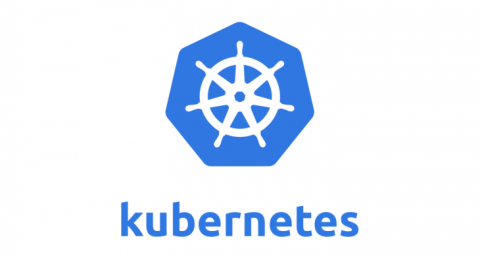Introducing Kubernetes
“Containerization is this trend that’s taking over the world to allow people to run all kinds of different applications in a variety of different environments. When they do that, they need an orchestration solution in order to keep track of all of those containers and schedule them and orchestrate them. Kubernetes is an increasingly popular way to do that.” Dan Kohn, executive director of the CNCF.
Developed by Google and later donated to the Cloud Native Computing Foundation, Kubernetes is a portable, extensible, open-source platform for managing containerized workloads and services that operates at the container level. Some of the most recognized Kubernetes technologies are Amazon, Azure, Digital Ocean, Google Kubernetes Engine (GKE) and Red Hat. Kubernetes can answer your technology needs if your application uses a microservice architecture, if you’re suffering from slow development and deployment or looking to lower infrastructure costs.
How It Works
When thinking about Kubernetes, pods are one of the first things that come to mind. A pod is a node that brings together several containers that share the same storage, network and specifications on how they should be run. This structure allows you to configure containers in an optimized way and put together specific pods for each application section. The backend can have two pods dedicated to working only with your requests. Meanwhile, the frontend can have a dedicated pod and so on with all sections of the infrastructure.
By having these pods in the Kubernetes platform, we can count on the self-help virtues it offers. The system is continuously monitoring its operations, and when it detects that there is an issue, it generates a new pod to attend to all requests. Something to highlight is that this is done in a clean and fast way. The user will never know that there was a malfunction in the system and this does not affect the application’s use.
Besides this, when we talk about updating our application’s code, Kubernetes offers a more gradual approach. A new pod is created where code is introduced and requests are directed here until the previous one with the old code is discontinued. This code deployment can take minutes on the development side, but nothing will happen on the user side. It will not stop working and there will be no downtime.
Another Kubernetes advantage that we can mention is its scalability, which adapts according to traffic. The broadband costs do not vary crazily since the application can increase or decrease its capacity to support traffic without having a fixed monthly fee for a service that we don’t always use to its full extent. So, let’s go over its main characteristics:
-
Orchestrator It manages and directs multiple servers or nodes and balances loads between them.
-
Declarative You can design the architecture and Kubernetes will comply with this information working with the resources at hand.
-
Availability It is always ready for use and has a large, rapidly growing ecosystem.
-
Self-healing Kubernetes restarts containers that fail, replaces containers, kills containers that don't respond, and doesn't use them until they are ready to serve.
-
Useful environments It can create environments for testing, pre-production, production, and any web service.
-
Replication controller The replication controller makes sure your cluster has an equal amount of pods running.
-
Auto-scalable It automatically changes the number of running containers, based on CPU utilization or other application-provided metrics.

An Ideal Business Solution
Think about obtaining some of its significant benefits like maintaining predictable costs, having an easy implementation process, and working with a flexible and reliable alternative. Also, consider that Kubernetes works with all major technologies like Symphony or Drupal and it can be set up to unlimited capacity. Rootstack can help you implement Kubernetes working with expert developers with years of experience in their fields to ensure your technology infrastructure runs smoothly and with the best possible performance.
We recommend you on video

